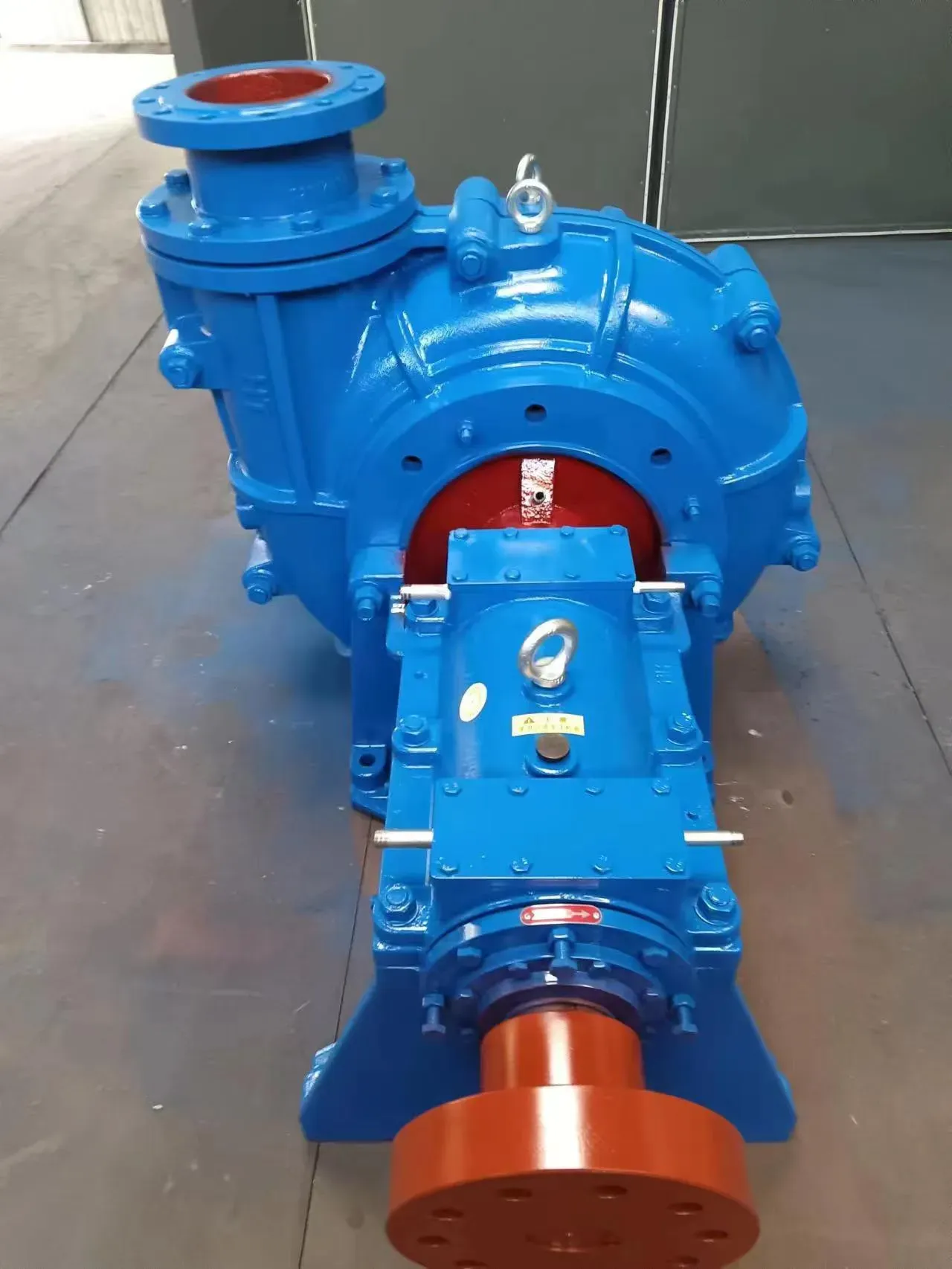English
- Afrikaans
- Albanian
- Amharic
- Arabic
- Armenian
- Azerbaijani
- Basque
- Belarusian
- Bengali
- Bosnian
- Bulgarian
- Catalan
- Cebuano
- Corsican
- Croatian
- Czech
- Danish
- Dutch
- English
- Esperanto
- Estonian
- Finnish
- French
- Frisian
- Galician
- Georgian
- German
- Greek
- Gujarati
- Haitian Creole
- hausa
- hawaiian
- Hebrew
- Hindi
- Miao
- Hungarian
- Icelandic
- igbo
- Indonesian
- irish
- Italian
- Japanese
- Javanese
- Kannada
- kazakh
- Khmer
- Rwandese
- Korean
- Kurdish
- Kyrgyz
- Lao
- Latin
- Latvian
- Lithuanian
- Luxembourgish
- Macedonian
- Malgashi
- Malay
- Malayalam
- Maltese
- Maori
- Marathi
- Mongolian
- Myanmar
- Nepali
- Norwegian
- Norwegian
- Occitan
- Pashto
- Persian
- Polish
- Portuguese
- Punjabi
- Romanian
- Russian
- Samoan
- Scottish Gaelic
- Serbian
- Sesotho
- Shona
- Sindhi
- Sinhala
- Slovak
- Slovenian
- Somali
- Spanish
- Sundanese
- Swahili
- Swedish
- Tagalog
- Tajik
- Tamil
- Tatar
- Telugu
- Thai
- Turkish
- Turkmen
- Ukrainian
- Urdu
- Uighur
- Uzbek
- Vietnamese
- Welsh
- Bantu
- Yiddish
- Yoruba
- Zulu
Telephone: +86 13120555503
Email: frank@cypump.com
Dec . 01, 2024 23:46 Back to list
'designing slurry pump impellers for optimal ...'
Designing Slurry Pump Impellers for Optimal Performance
Slurry pumps are critical components in various industrial processes, particularly in mining, mineral processing, and wastewater treatment. They are designed to transport a mixture of solids and liquids, referred to as slurry. One of the key elements that influence the efficiency and reliability of a slurry pump is its impeller design. The impeller is responsible for imparting velocity to the slurry, allowing it to flow through the pump system. Thus, optimizing impeller design is essential for enhancing pump performance, maintaining energy efficiency, and minimizing wear.
Understanding Slurry Characteristics
Before delving into the design of slurry pump impellers, it is essential to understand the nature of the slurry being handled. Slurries are heterogeneous mixtures, often composed of particulate matter suspended in a liquid, which can vary significantly in properties such as density, viscosity, and particle size distribution. This variability poses unique challenges for pump design.
For optimal performance, it is crucial to consider the rheological properties of the slurry, as these influence the hydraulic performance of the pump. The design must accommodate the flow characteristics, ensuring adequate handling of the solids without causing blockages or excessive wear to the pump components.
Key Design Considerations
1. Impeller Geometry The shape and configuration of the impeller blades are fundamental to the hydraulic performance of the pump. A well-designed impeller will efficiently impart energy to the slurry, enabling it to overcome frictional losses as it travels through the pump. Common geometries include open, semi-open, and enclosed impellers, each suited for different slurry types. Open impellers are preferred for slurries with a high concentration of solids, as they offer better passage for larger particles, reducing the risk of clogging.
'designing slurry pump impellers for optimal ...'

2. Material Selection Due to the abrasive nature of slurries, material selection is critical. The impeller must withstand wear, corrosion, and impact forces. Materials like high-chrome alloys, rubber-lined steel, and ceramic composites are frequently used for their durability and resistance to wear. The choice of material can significantly affect the lifespan of the impeller and overall pump efficiency.
3. Hydraulic Performance Optimization The impeller's diameter, the number of blades, and their angle of inclination play critical roles in determining hydraulic performance. Larger impeller diameters generally increase the flow rate, while the blade angle influences the velocity and pressure of the slurry exiting the impeller. Computational fluid dynamics (CFD) simulations can be employed to analyze flow patterns, optimize design parameters, and predict performance under various operating conditions.
4. Cavitation Considerations Cavitation, the formation and collapse of vapor bubbles in a liquid, can severely damage pump components. It usually occurs when the local pressure falls below the vapor pressure of the liquid. Designers must ensure that the impeller operates above the NPSH (Net Positive Suction Head) requirement to prevent cavitation, which involves evaluating the suction conditions and pump placement in the system.
5. Testing and Validation Once the impeller design is finalized, rigorous testing is necessary to validate its performance. This could involve creating prototypes and conducting both laboratory and field tests to evaluate efficiency, wear rates, and overall performance. Feedback from these tests is invaluable for making iterative improvements in design.
Conclusion
The design of slurry pump impellers is a complex process that requires a deep understanding of both fluid mechanics and the specific characteristics of the slurry being pumped. By focusing on optimizing impeller geometry, selecting appropriate materials, and addressing critical factors such as hydraulic performance and cavitation, engineers can develop efficient slurry pump systems capable of handling challenging industrial applications. Continuous innovations in design and materials will further enhance the performance and longevity of slurry pumps, ensuring they meet the demands of modern industry.
-
Horizontal Split Case Pump with GPT-4 Turbo | High Efficiency
NewsAug.01,2025
-
ISG Series Pipeline Pump - Chi Yuan Pumps | High Efficiency, Durable Design
NewsAug.01,2025
-
Advanced Flue Gas Desulfurization Pump with GPT-4 Turbo | Durable & Efficient
NewsJul.31,2025
-
ISG Series Vertical Pipeline Pump - Chi Yuan Pumps | Advanced Hydraulic Design&Durable Construction
NewsJul.31,2025
-
ISG Series Vertical Pipeline Pump - Chi Yuan Pumps | Energy Efficient & Low Noise
NewsJul.31,2025
-
pipeline pump - Chi Yuan Pumps Co., LTD.|High Efficiency&Low Noise
NewsJul.31,2025










